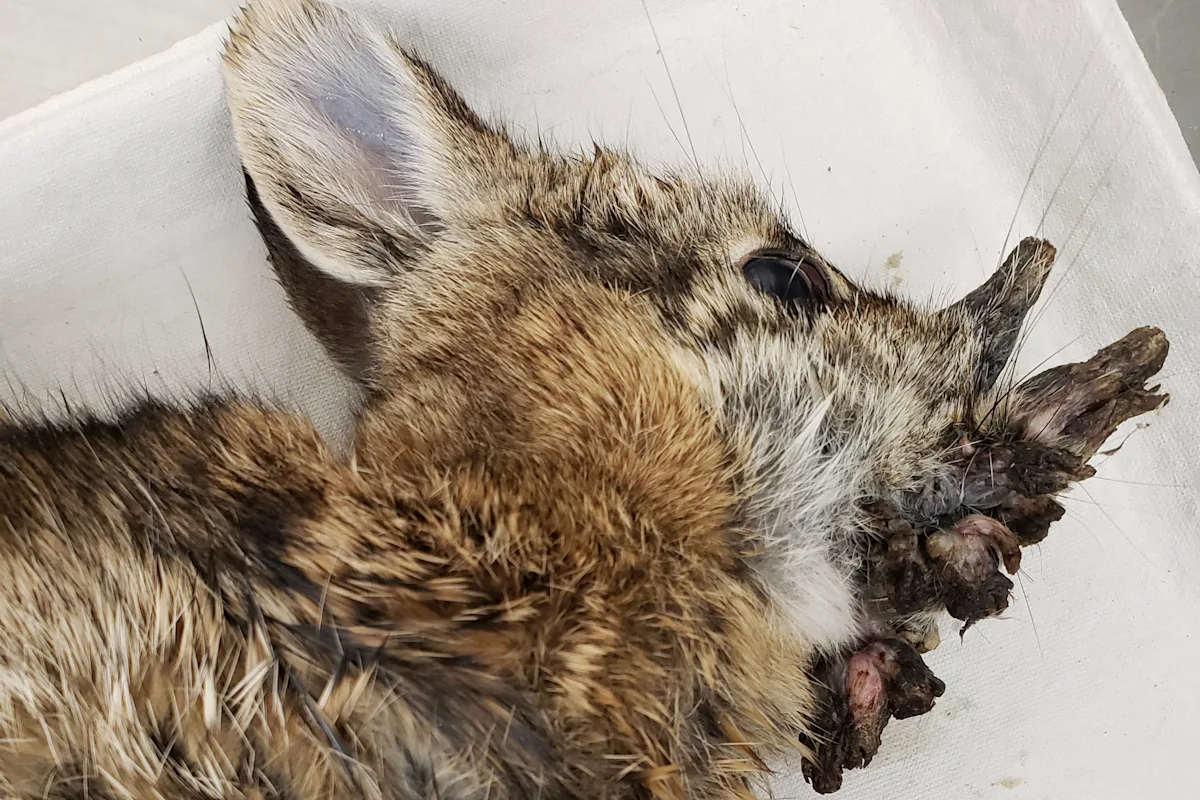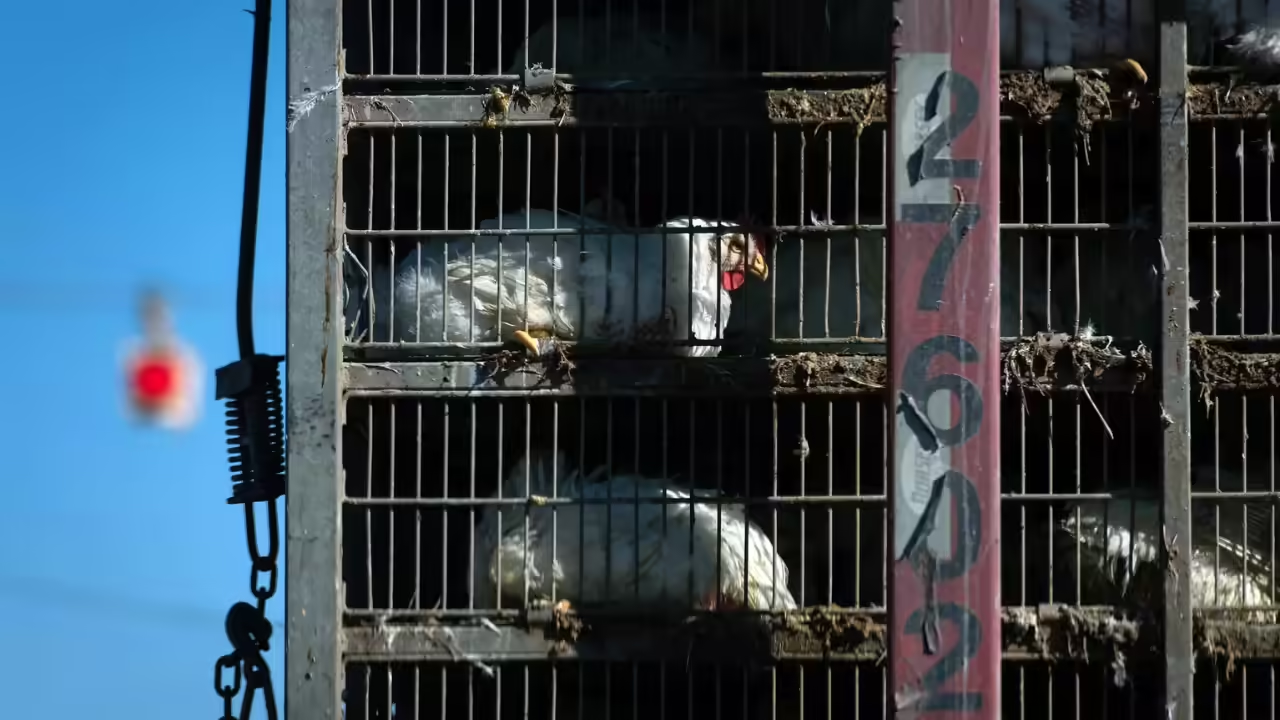Residents in Fort Collins, Colorado, have been surprised—and in some cases startled—by wild cottontail rabbits sporting bizarre horn-like or tentacle-like growths on their heads. Social media has quickly dubbed them “Frankenstein bunnies,” “zombie rabbits,” and “demon rabbits.” Despite the eerie appearance, experts assure the phenomenon is rooted in biology, not the supernatural.
The unusual look is caused by Shope papillomavirus, also known as cottontail rabbit papilloma virus. This virus triggers wart-like growths, called papillomas, around a rabbit’s head and face. Over time, these growths can elongate, creating the illusion of horns or tentacles. The condition was first documented in the 1930s by virologist Dr. Richard E. Shope and has even been linked to the origin of the jackalope legend in North American folklore.
The virus spreads primarily through biting insects such as fleas, ticks, and mosquitoes—most active in the warmer months. While the growths can look alarming, they typically only harm the rabbit if they obstruct eating, vision, or mobility. In many cases, the growths eventually regress on their own as insect activity decreases.
Shope papillomavirus does not infect humans or household pets, though it can be more serious in domestic rabbits, potentially requiring veterinary care. Wildlife officials advise against handling wild rabbits with visible symptoms to avoid unnecessary stress on the animal and to reduce the risk of spreading other pathogens.
Though they might resemble creatures from a fantasy novel, these “horned” rabbits are simply the result of a long-known viral infection—an odd but natural reminder of how nature can inspire myth, folklore, and fascination
















Leave a Reply